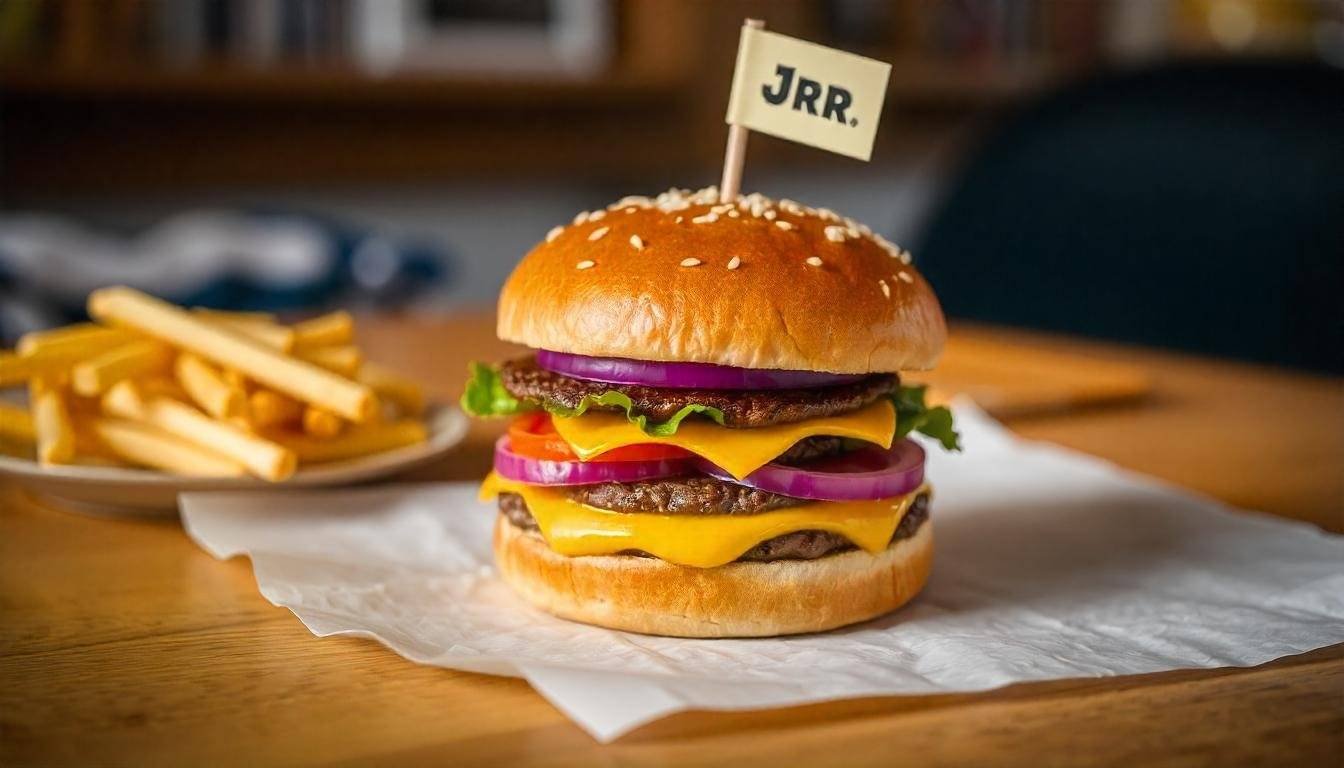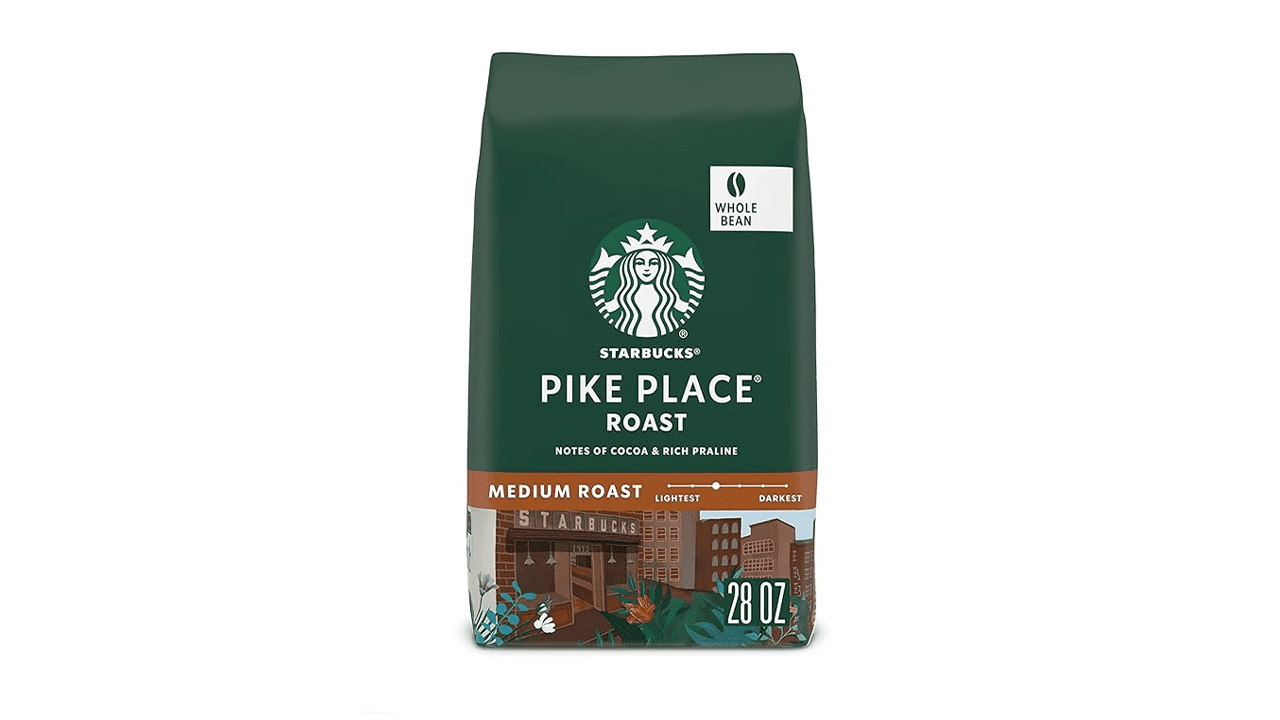Sprite, a lemon-lime soda from Coca-Cola, is loved for its refreshing taste, variety, and youth-friendly image. With low-sugar options and eco-friendly packaging, it stays a global favorite. In today’s article, we will find out Does Sprite Have Caffeine?
What is Sprite?
Sprite is a clear, lemon-lime-flavored soft drink created by the Coca-Cola Company, widely known for its crisp and refreshing taste. Originally developed in West Germany in 1959 as Fanta Klare Zitrone (“Fanta Clear Lemon”), it was introduced in the United States in 1961 under the name Sprite to directly compete with 7-Up. Over the years, Sprite has gained immense popularity worldwide, becoming one of the leading non-caffeinated soda brands.
The drink is celebrated for its clean, citrusy flavor profile, making it a favorite among consumers looking for a light and bubbly beverage. Sprite is available in various flavors and formulations, including Sprite Zero Sugar, which offers the same lemon-lime taste without the sugar content. Other variations, such as Sprite Cranberry and Sprite Ginger, cater to different taste preferences, often released as seasonal or limited-edition options. Some markets have introduced innovative twists like Sprite Lemon+, which includes caffeine, and Sprite Cucumber, offering a unique flavor experience.
Sprite is widely recognized for its iconic branding and marketing, targeting younger audiences through vibrant campaigns. In the 1990s, Sprite embraced hip-hop culture with its slogan “Obey Your Thirst,” featuring collaborations with artists and athletes. Its branding often incorporates the word “Lymon,” blending lemon and lime to highlight its dual citrus ingredients.
In addition to its classic appeal, Sprite has undergone changes to align with global health trends, introducing reduced-sugar formulas sweetened with alternatives like stevia and sucralose. In 2022, Sprite switched to clear plastic bottles to enhance recyclability and reduce environmental impact.
Summary
Sprite is a lemon-lime soda from Coca-Cola, first introduced in 1961 to compete with 7-Up. Known for its refreshing taste, it comes in various options like Sprite Zero Sugar and seasonal flavors like Sprite Cranberry. Sprite targets younger audiences through vibrant branding and has adapted to health trends with reduced-sugar formulas. It also switched to clear plastic bottles for better recyclability. Today, it remains a popular, refreshing beverage worldwide.
Caffeine Content in Sprite
Sprite is widely recognized for its refreshing lemon-lime flavor and crisp carbonation, but one key aspect of this drink sets it apart from many other soft drinks: it’s caffeine-free. Unlike cola-based beverages such as Coca-Cola or Pepsi, which often contain caffeine to enhance their stimulating effects, Sprite offers a caffeine-free alternative. This makes it a go-to choice for those seeking a soda without the potential jitteriness or energy boost associated with caffeine consumption.
The lack of caffeine in Sprite appeals to parents looking for a kid-friendly soft drink or individuals trying to cut back on stimulants. Despite the absence of caffeine, Sprite doesn’t compromise on taste. Its zesty citrus blend delivers a vibrant and refreshing experience, perfect for quenching thirst without the added buzz. This attribute also makes it ideal for those sensitive to caffeine, including people who may experience restlessness or disrupted sleep after consuming caffeinated beverages.
It’s worth noting that while the classic Sprite formula contains no caffeine, variations like Sprite Lemon+ or Sprite Energy in some regions may include small amounts of caffeine to cater to a specific market. However, these options are clearly labeled, ensuring transparency for consumers. For the vast majority of Sprite products, though, the formula remains caffeine-free.
This unique positioning in the soda market allows Sprite to stand out, especially for those prioritizing hydration and refreshment without overstimulation. Pair that with its versatile nature it can be consumed on its own or used as a mixer in cocktails and Sprite’s caffeine-free profile is a winning trait that contributes to its global popularity.
Summary
Sprite is a caffeine-free lemon-lime soda, offering a refreshing alternative to caffeinated drinks. Its zesty flavor appeals to those avoiding stimulants, with most varieties remaining caffeine-free. Some limited-edition versions may contain caffeine, but they are clearly labeled. Sprite’s caffeine-free profile contributes to its global popularity.
How Much Sugar Does Sprite Contain, and Is It Good for Your Health?
Sprite contains a significant amount of sugar, making it a less-than-ideal option for regular consumption. A standard 12-ounce can of Sprite contains around 38 grams of sugar, equivalent to nearly 9 teaspoons. This sugar content contributes to 140 calories per can, with no nutritional value. Such high sugar levels can lead to blood sugar spikes, weight gain, and an increased risk of type 2 diabetes if consumed excessively.
To address health concerns, Sprite has introduced sugar-free options like Sprite Zero Sugar, sweetened with artificial alternatives like aspartame and acesulfame K. While these versions have fewer calories, the long-term effects of artificial sweeteners on health are still debated, with concerns about potential links to gut health issues and other conditions.
In moderation, enjoying Sprite occasionally is unlikely to cause harm. However, frequent consumption of sugary beverages like Sprite can negatively affect overall health, including dental problems such as cavities due to its sugar and acidic content. Additionally, the caffeine-free nature of Sprite may make it a safer option compared to cola drinks, but its sugar content remains a concern.
For those watching their sugar intake or aiming for a healthier lifestyle, drinking water, herbal teas, or natural fruit-infused beverages can be better alternatives. If you love the taste of Sprite, you might try diluting it with soda water or opting for smaller servings. Ultimately, while Sprite is a delightful treat, being mindful of its sugar content and choosing healthier options more often is the key to balancing taste and well-being.
Summary
Sprite has no caffeine but it contains a high amount of sugar, with a 12-ounce can having about 38 grams, contributing to 140 calories and no nutritional value. Excessive consumption can lead to blood sugar spikes, weight gain, and an increased risk of type 2 diabetes. To address this, Sprite offers sugar-free options like Sprite Zero Sugar, but the long-term health effects of artificial sweeteners are still debated. While occasional consumption is fine, regular intake can harm health, including dental issues. For a healthier lifestyle, water, herbal teas, or natural fruit drinks are better alternatives. Moderation is key when enjoying Sprite.
How Caffeine Affects Your Body
Caffeine is the most commonly used psychoactive drug in the world, and for a good reason, it has several noticeable effects on the body. Caffeine blocks adenosine, a hormone that makes you feel tired. This results in that familiar pick-me-up feeling. Caffeine also triggers the release of natural stimulants in the brain, like glutamine and dopamine, which help boost mood and create a sense of euphoria, similar to the effects of cocaine.
Caffeine changes how your body uses fuel. Normally, your body burns glycogen first, followed by fat. However, caffeine encourages your body to burn fat earlier, preserving glycogen for later use. This allows you to push your body harder without feeling exhausted, making caffeine a common performance-enhancing substance in sports. Additionally, caffeine improves focus, reaction time, and memory recall when you’re tired. If you’re unwell, caffeine can speed up the absorption of pain relievers like aspirin and acetaminophen, making them work faster and last longer.
However, caffeine isn’t all good news. Over time, your body builds a tolerance, meaning you need more to achieve the same effects. This happens because your body produces more adenosine receptors, requiring more caffeine to block them. Caffeine also increases stomach acid, which can lead to heartburn. Too much caffeine can also cause anxiety, as it triggers the release of adrenaline, which excites the brain. Chronic caffeine consumption can even lead to addiction, and quitting abruptly may cause withdrawal symptoms like headaches and fatigue.
Caffeine has a long half-life, meaning it stays in your system for hours. It can take over four hours for your body to eliminate half of the caffeine you consume, so it’s worth reconsidering that afternoon cup of coffee.
Summary
Caffeine blocks adenosine, reducing tiredness and boosting mood by releasing stimulants like glutamine and dopamine. It helps the body burn fat earlier, improving endurance and performance. Caffeine also enhances focus, reaction time, and pain relief. However, regular use leads to tolerance, requiring more caffeine for the same effects. Too much can cause heartburn, anxiety, and addiction, with withdrawal symptoms like headaches. Caffeine stays in the system for hours, so it’s best to limit consumption, especially in the afternoon.
In conclusion, Sprite is a refreshing, caffeine-free beverage enjoyed worldwide for its zesty lemon-lime flavor. While it contains a significant amount of sugar, making it a less healthy option for frequent consumption, occasional enjoyment is fine. Sprite’s caffeine-free nature appeals to those avoiding stimulants, and its various low-sugar options cater to health-conscious consumers. Moderation is key to balancing enjoyment with a healthy lifestyle.








